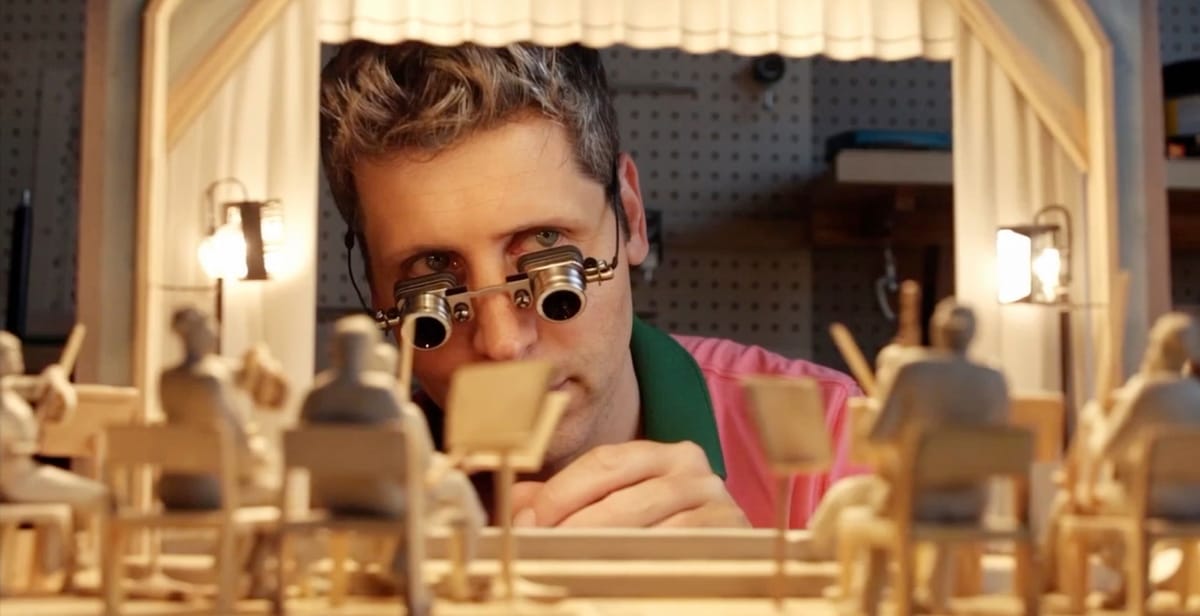
OpenAI is turning its video model into a consumer product. Today the company launched Sora 2—a big leap in realism and controllability—and a new Sora iOS app that packages it into a TikTok-like feed where you can generate, remix, and even insert a verified likeness of yourself via “cameos.” The rollout starts invite-only in the US and Canada.
Key points
- Sora 2 adds native audio, tighter physics, and multi-shot control; the new app launches invite-only in the US/Canada.
- “Cameos” let you add your verified likeness; OpenAI says consent tools, liveness checks, C2PA metadata, and visible watermarks aim to curb abuse.
- Free to start with usage limits; a higher-quality Sora 2 Pro tier is available to ChatGPT Pro users, and an API is planned.
The headline news is twofold. First, OpenAI’s Sora 2 model now generates video with synchronized speech, ambience, and effects, while claiming more faithful physics—think rebounds instead of teleporting basketballs—and better state continuity across shots. Second, there’s a consumer app, also called Sora, that wraps the model in a social feed with creation and remix tools.
OpenAI is positioning Sora 2 as a step toward “world simulation,” not just prettier clips. For now the app creates short 10-second outputs, with invite-based access rolling out in the US and Canada; each accepted user can invite friends. There’s no Android app yet.
The flashiest feature is “cameos.” After a one-time verification (including a liveness check), you can drop a convincing version of yourself into AI-generated scenes; OpenAI says you control who can use your cameo and can revoke it later. In a promo video, OpenAI research scientist Gabriel Petersson demonstrated this by appearing in clips riding dragons and running through the office with CEO Sam Altman.
The app's design reflects explicit anxiety about becoming another dopamine trap. OpenAI built natural language-controllable recommendation algorithms and periodic wellbeing checks, prioritizing content that inspires creation over time-on-platform metrics. Teen accounts get parental controls including time limits and opt-out personalized feeds. Sam Altman wrote that the test for success is simple: six months in, users should feel their lives improved by using Sora. If not, the company would make major changes or shut it down.
That's the idealism. The copyright approach is more pragmatic—and contentious. OpenAI informed talent agencies and studios that Sora 2 uses copyrighted material by default unless rights holders opt out by reporting specific violations. The company won't accept blanket opt-outs across a creator's entire catalog. Public figures are off-limits without permission, but fictional characters and other IP fall under the opt-out system.
CEO Sam Altman took time to pen a personal blog to make the company’s ambitions clear. He described the release of the Sora app as the “ChatGPT for creativity” moment, suggesting it could unleash a Cambrian explosion in art and entertainment. He also acknowledged the risks—addiction, bullying, and the lure of engagement-driven feeds—and stressed that the app is built to prioritize creation over consumption. Included in their guiding principles, Altman wrote, is that six months in, people should feel their lives are better for having used Sora.
On safety and provenance, OpenAI is layering visible watermarks with C2PA metadata—the latter an invisible standard for embedding provenance into digital files—so content can be both human-identifiable and machine-verifiable. Combined with consent controls for likeness and real-time moderation, the company is aiming to preempt the deepfake and misinformation risks that could derail mainstream adoption.
OpenAI says the app is free to start with usage caps tied to compute. A Sora 2 Proexperience is available for ChatGPT Pro subscribers on the web today, with the app to follow. An API is also on the roadmap, which will matter for creative tools, marketing tech, and production pipelines looking to integrate video generation.
The launch lands amid a fast-moving AI-video race. Google’s Veo 3 recently added 1080p output and vertical (9:16) support and cut prices, pushing toward production use and YouTube/Shorts workflows. Runway’s Gen-3 Alpha and Luma’s Ray2 have also been improving motion fidelity and control. Sora 2’s native audio and physics claims are OpenAI’s answer to those momentum plays—and the social app is its distribution wedge.
If Sora’s social feed drives participation—prioritizing creation over consumption, as OpenAI frames it—it becomes a top-of-funnel engine for short-form, brand-safe experiments and a bottom-funnel tool when the API lands inside established creative stacks. The cameo/consent design is also a test case for responsible likeness use at consumer scale, an area regulators and rights holders are watching closely.
The real tell will be durability: do people keep making things when the novelty wears off? For now, the runway is clear—Sora’s first act is short, loud, and looks a lot like the future.

